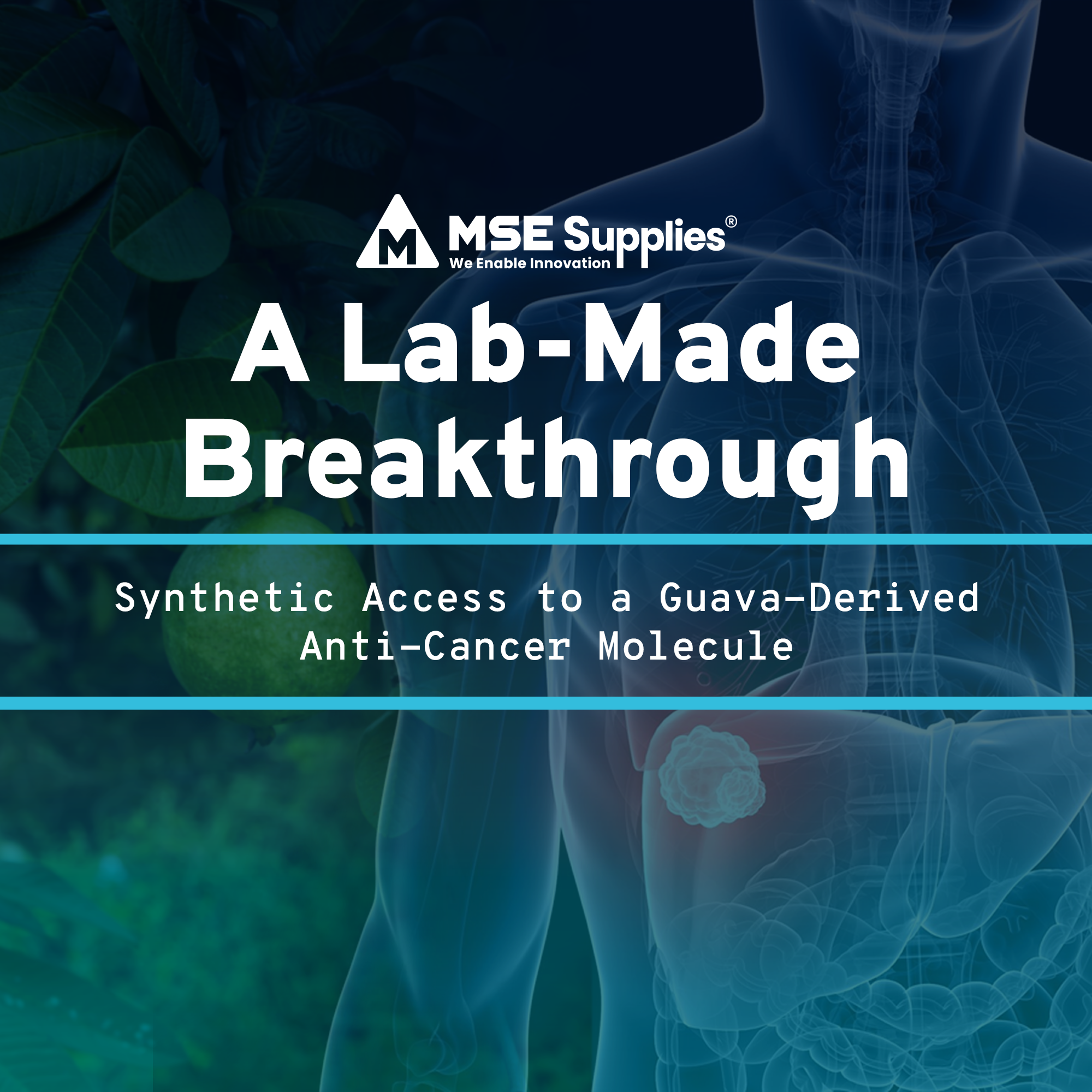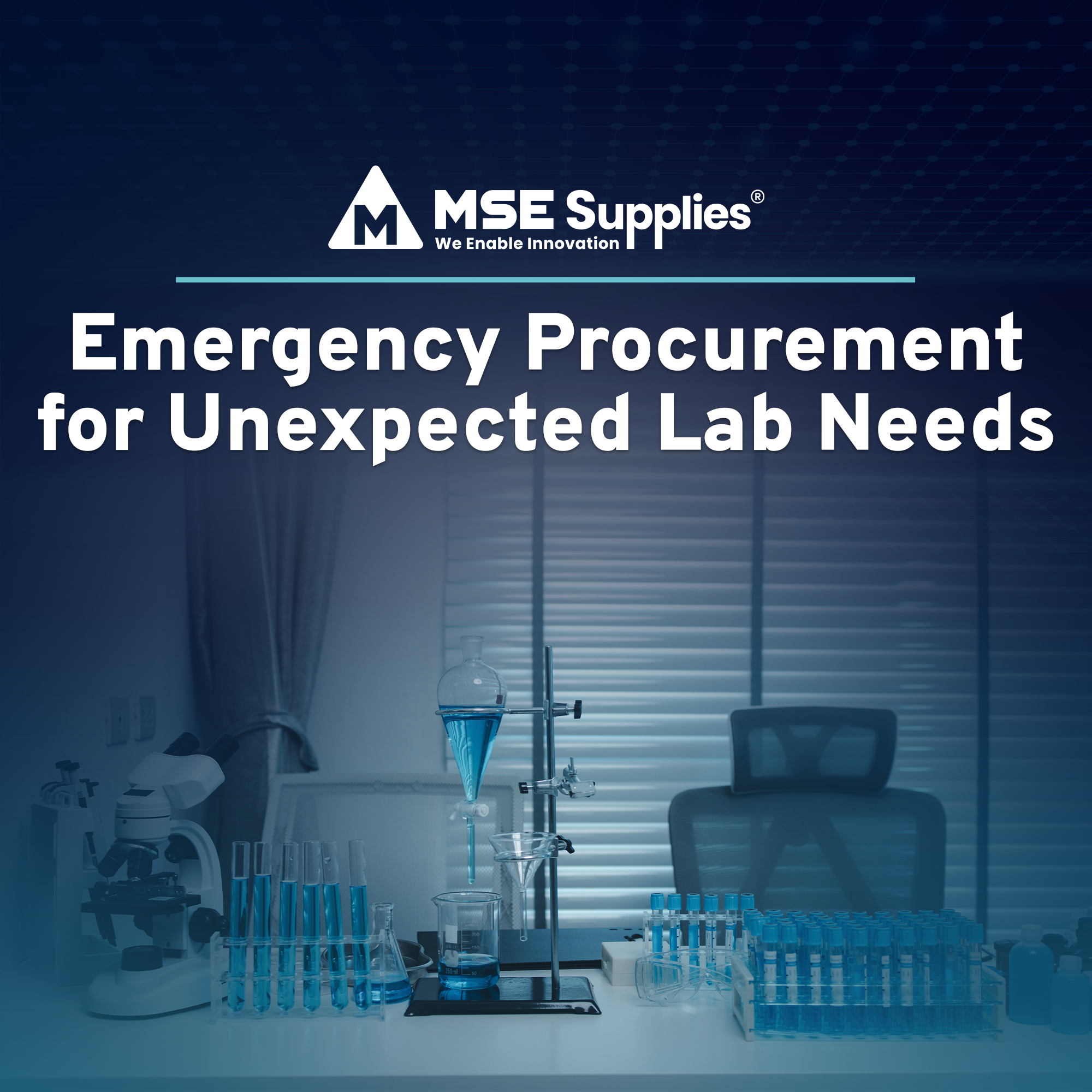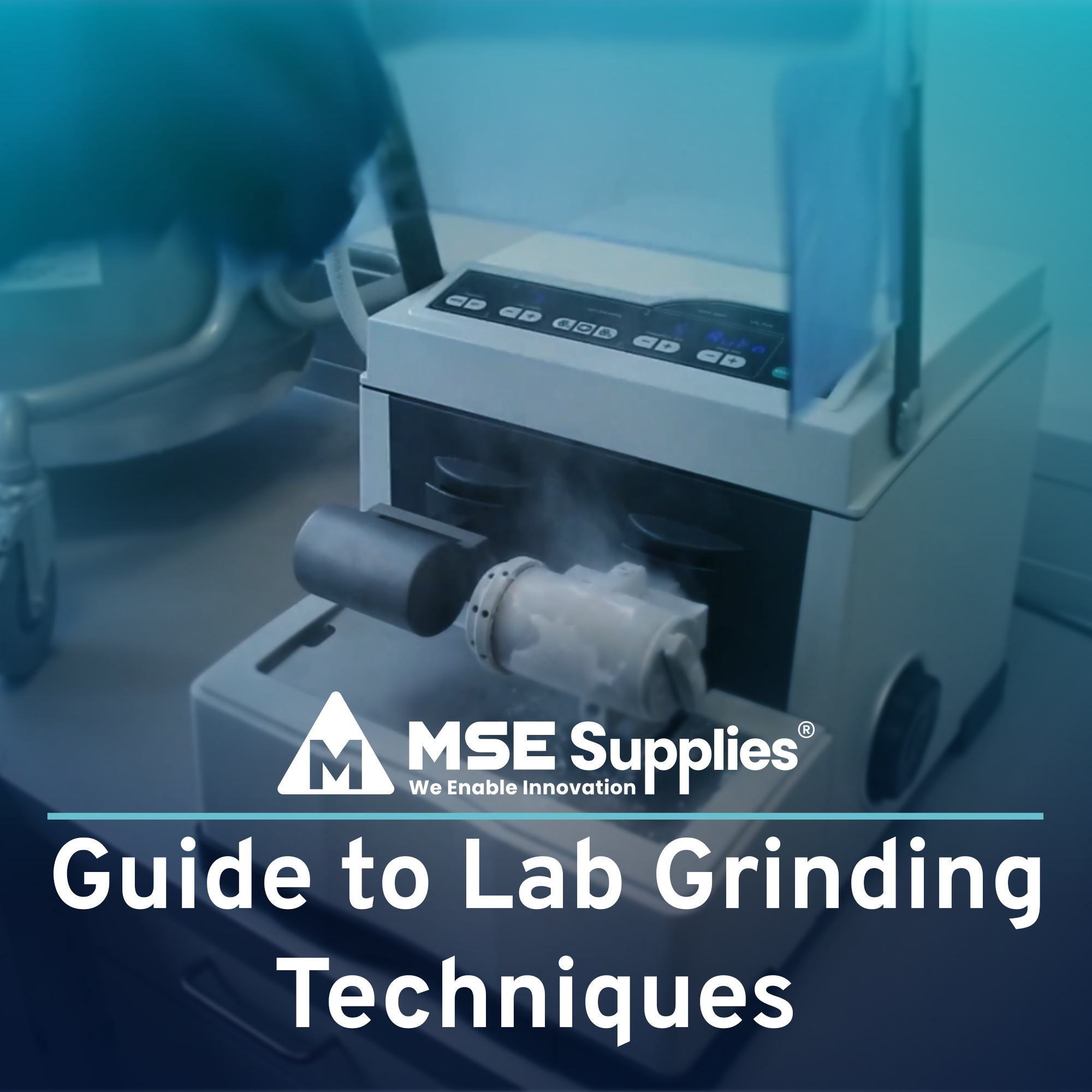Nitrogen Analysis: Kjeldahl Method
Posted by Marketing Team on

The Kjeldahl method remains one of the fundamental methods of determining the nitrogen content in organic and inorganic materials. Pioneered over a century ago, it remains a popular technique in the broad field of analytical chemistry with a special focus on the determination of protein content in food and agricultural commodities. The following article will provide detailed information regarding the Kjeldahl method of protein determination, its history, and its present innovations and developments.
Origin and Description
The Kjeldahl method of nitrogen determination was developed by the Danish chemist, Johan Kjeldahl in 1883. Originally used solely for identifying nitrogen content in organic compounds, it has evolved into one of the essential methods for predicting the number of proteins in foodstuffs, soils, fertilizers, and even wastewater, etc.
The method of analysis involves the determination of the total nitrogen in a product, which does not give a direct estimate of the actual protein content. Instead, it calculates the protein content based on nitrogen values. For dairy products, the percentage of protein present is calculated from the nitrogen content using a factor of 6.38. This factor is calculated assuming that dairy protein contains 15.67% nitrogen (i.e. 100/15.67=6.38) and that all the nitrogen in the product is present as protein. However, the correct factor would depend on the amino acid composition and the concentration of the different proteins present in the product as well as the nonprotein nitrogen content: urea, free amino acids, small peptides, nitrates and nitrites, etc. (Evers & Hughes,2002) Different foodstuffs need different protein conversion factors because of disparity in amino acid digestibility and the occurrence of non-protein nitrogen compounds in some foods like free amino acids, small peptides, nitrates, and nitrites. Therefore, marginal overestimate relative to the true protein content tends to prevail in the method.

Methodology
The Kjeldahl method consists of four primary steps: digestion, distillation, capturing of ammonia, and titration. Each step is essential for accurately determining the nitrogen content.
-
Digestion
The sample is heated with concentrated sulfuric acid (H₂SO₄), breaking down the organic material. Potassium sulfate (K₂SO₄) is added to raise the boiling point of the solution, and catalysts such as mercury, selenium, or copper are used to speed up the reaction. This process converts the nitrogen in the sample into ammonium sulfate ((NH₄)₂SO₄). -
Distillation
The digested sample is then neutralized by treating it with sodium hydroxide (NaOH) solution, releasing ammonia gas (NH₃) from ammonium sulfate. This step helps to make sure that the population of nitrogen is in a quantity and form of ammonia gas that can be measured. -
Ammonia Capture
During distillation, ammonia gas evolves and is dissolved in a trapping solution to produce ammonium borate. The trapping solution is typically boric acid (H₃BO₃), hydrochloric acid (HCl), or Sulfuric Acid (H2SO4). The trapping solution prevents the ammonia from escaping through the bottom of the flask and collects it for measurement in the next step. -
Titration
To assess the ammonia concentration, the boric acid solution aliquot is directly titrated with a standard acid solution, most often hydrochloric acid (HCl). When using hydrochloric acid (HCl) or Sulfuric Acid (H2SO4) as the trapping solutions, the excess acid is then titrated carefully with a standard alkali solution, usually NaOH. The point at which the titration is complete can be determined by the use of indicators (methyl orange used for HCl/H2SO4 and Tashiro indicator, a mixture of methyl red and methylene blue, for H₃BO₃) which produces color changes when the titration reaches its equivalence point.

Reaction Table for Kjeldahl Method (HCl as trapping solution)
Calculation
The nitrogen content is calculated using the volume of acid used in the titration, the normality of the acid, and the weight of the sample. Direct titration is performed when boric acid is used because tetrahydroxyborate anions are formed and can be titrated immediately with a standard acid, enabling automation. While using hydrochloric acid and sulfuric acid, indirect titration is performed and is known as Back Titration where they intentionally provide excess acid to be deliberately titrated back with a standard alkali.

For protein content determination, the nitrogen percentage is multiplied by a specific conversion factor, which varies depending on the type of sample being analyzed. The most common one is the Jones factor, which is 6.25 to get the “crude protein” as it is used for converting a series of foodstuffs. However, because each food has a different chemical composition, the conversion factor may vary based on the protein source.

Image Source: Mariotti, F., Tomé, D., & Mirand, P. P. (2008). Converting Nitrogen into Protein—Beyond 6.25 and Jones’ Factors. Critical Reviews in Food Science and Nutrition, 48(2), 177–184. https://doi.org/10.1080/10408390701279749
Limitations
Despite these apparent advantages, the Kjeldahl method has several drawbacks to it. It cannot quantify nitrogen in molecules containing azo, nitro groups or compounds with specific ring structures such as quinoline and pyridine. Additionally, the method encompasses non-protein nitrogen in its assessments thus overestimation of protein values occurs. The method is precise but slow and generates chemical waste that cannot be disposed of in normal sewer systems, especially when mercury is used as a catalyst. (Evers & Hughes,2002)
Advances in Kjeldahl Equipment
Modern advancements in Kjeldahl equipment have transformed nitrogen and protein analysis, enhancing precision, efficiency, and user convenience across various industries. Here are some notable equipments of MSE PRO™ and their features:
- MSE PRO™ Fumes Neutralization System (Scrubber):
- Features triple filtration (water, alkali, activated carbon) for effective acid mist and gas neutralization.
- Utilizes anti-corrosion vacuum pumps with low noise and powerful suction.
- Designed with PTFE corrosion-resistant pipelines for extended durability.
- MSE PRO™ Advanced Kjeldahl Digestion System:
- Offers 20 positions for high-throughput digestion with a graphite block for uniform heating.
- Includes Teflon-coated surfaces for corrosion resistance and advanced insulation technology for energy efficiency.
- Features PID temperature control and multi-protections for safe and precise operation.
- MSE PRO™ Automatic Kjeldahl Distillation Unit:
- Automates alkali and boric acid solution distribution with safety features for over-temperature and over-pressure protection.
- Includes automatic cleaning systems for maintenance of distillation components.
- Provides real-time monitoring of operational parameters for accurate results.
- MSE PRO™ Fully Automatic Kjeldahl Analyzer with Touch Screen:
- Integrates side-distillation titration and variable-speed technology for faster experiments.
- Features fully automated functions including distillation, titration, self-diagnosis, calculation, printing, and waste disposal.
- Offers a 10-inch touchscreen interface with intuitive controls and an optional 24-position autosampler for continuous testing.
These MSE PRO™ solutions exemplify state-of-the-art capabilities in Kjeldahl analysis equipment, optimizing workflow efficiency and ensuring reliable analytical results across diverse applications.

Kjeldahl method is referenced with protein determination in analytical chemistry as a definitive method for estimating the nitrogen and thus the protein content of various materials. Starting from the day Johann Kjeldahl introduced the method to the world in 1883 and up to today, where it has been adopted and evolved to accommodate modern equipment such as MSE PRO™ offering an array of MSE PRO™ Life Science Products, meeting the demands for accuracy, efficiency, and environmental responsibility in scientific research, food production, environmental monitoring, and beyond.
Find out how MSE PRO™ equipment can enhance your nitrogen analysis capabilities today. Discover our solutions and improve your laboratory with new technology in your everyday life. Get in touch with us now for more information on how to have your laboratory environment actualized with MSE PRO™.
Reference:
- Evers, J., & Hughes, C. (2002). ANALYSIS | Chemical analysis. In Elsevier eBooks (pp. 34–40). https://doi.org/10.1016/b0-12-227235-8/00015-8
Share this post
- Tags: Brands - MSE PRO, Industry - Agriculture, Industry - Chemistry, Industry - Food & Beverage, Industry - Medical, Industry - Pharmaceuticals, Products - Laboratory Equipment, Products - Life Science Products



